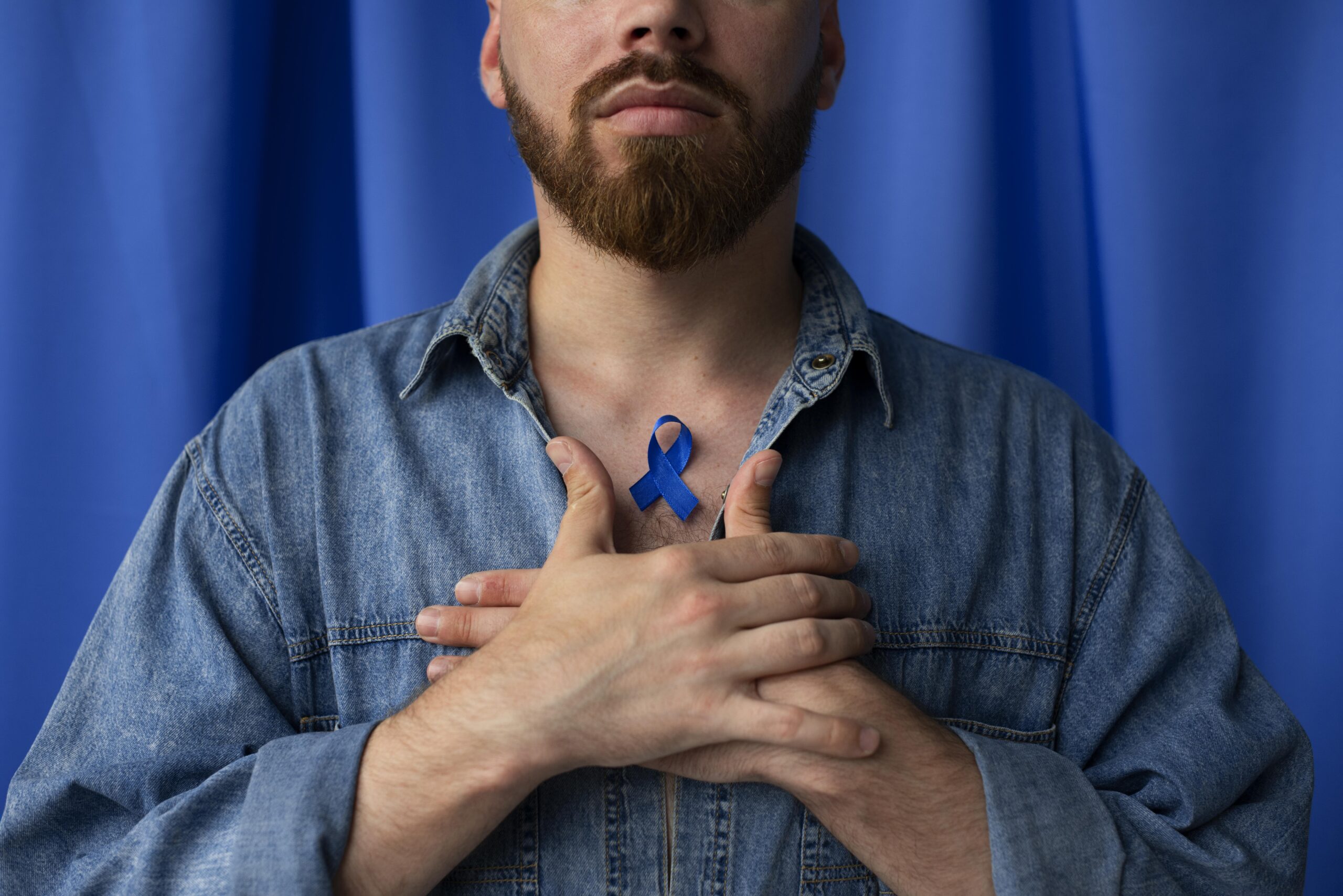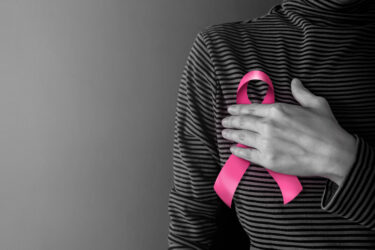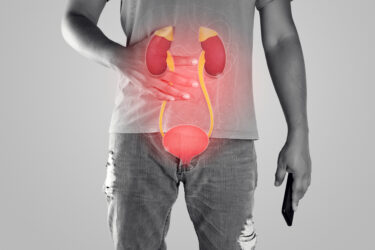Prostate cancer is the second most common form of cancer affecting men in the country, and millions are currently living with the condition. While it can be cured if diagnosed at an early stage, some types of prostate cancer are more aggressive than others. Treatment depends on the disease type and can involve chemotherapy, radiation therapy, or other methods. This article discusses the different types of prostate cancer and its symptoms.
What is prostate cancer?
Prostate cancer is a type of cancer that begins in the prostate gland. The prostate is located below the bladder in males and is responsible for producing the fluid that helps nourish and transport sperm. This form of cancer causes the prostate cells to develop DNA changes and multiply without control, leading to malignant tumors.
Types of prostate cancer
Prostate cancer has multiple types, and the symptoms might differ for each one, but 99 percent of the cases are of a specific type of the disease. The common types of prostate cancer are:
- Adenocarcinoma
Nearly every case of prostate cancer is adenocarcinoma. The condition, which is also called glandular prostate cancer, begins in the glandular cells that make some of the seminal fluid. Acinar adenocarcinoma and ductal adenocarcinoma are the subtypes of this condition, with the former being more common than the latter. Acinar adenocarcinoma causes the cancer cells to grow just outside the prostate, while ductal adenocarcinoma is relatively more aggressive and is characterized by the growth of cancer cells within the prostate. - Transitional cell carcinoma
Transitional cells are the cells that line the urinary system. They are flexible, allowing the system to function properly. Cancer that begins in these cells spreads to the urethra and can also affect the prostate. When that happens, transitional cell carcinoma is diagnosed. This type accounts for about 1 to 4 percent of all prostate cancer cases. - Prostate sarcomas
These cancers develop in the muscles of the prostate. - Neuroendocrine prostate cancer
A cancer type of disorder, this condition might arise in patients who have been treated with hormonal therapies for prostate adenocarcinoma. - Squamous cell cancer
Albeit rare, this type of prostate cancer starts in the flat cells that cover the prostate gland. Additionally, it grows faster than adenocarcinomas.
Symptoms of prostate cancer
Now that we know the different types of prostate cancer, let’s look at the signs and symptoms of the condition. Prostate cancer doesn’t usually showcase any signs in the early stages, which contributes to making the condition worse. The following symptoms might manifest in the later stages:
- Loss of bladder control
- Weight loss due to unknown reasons
- Reduced force of urine stream
- Frequent urges to urinate at night
- Blood in the urine and semen
- Painful ejaculation
- Erectile dysfunction







